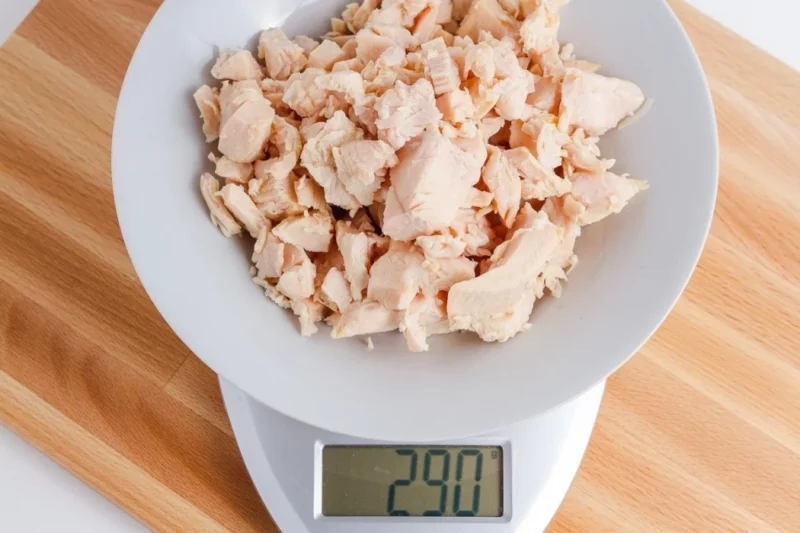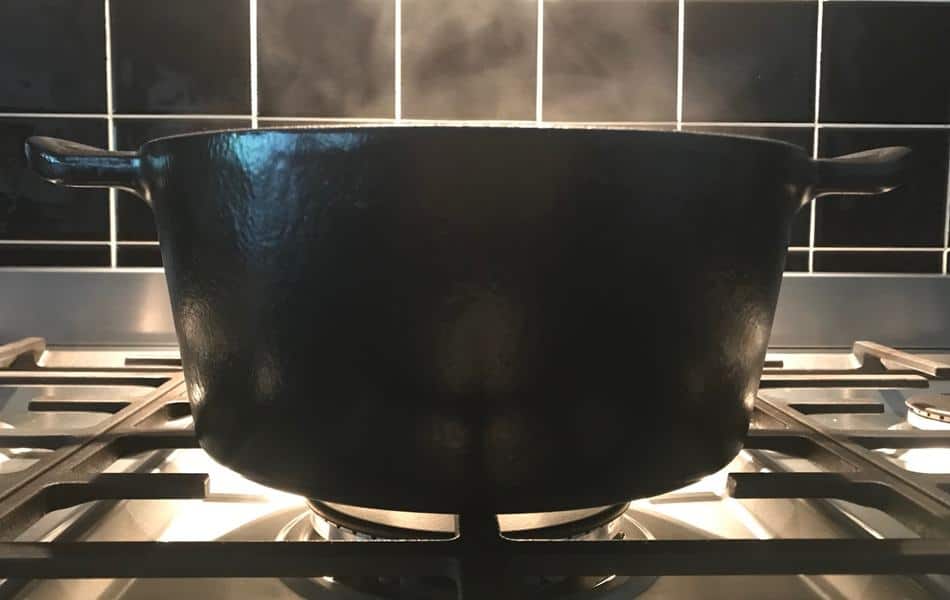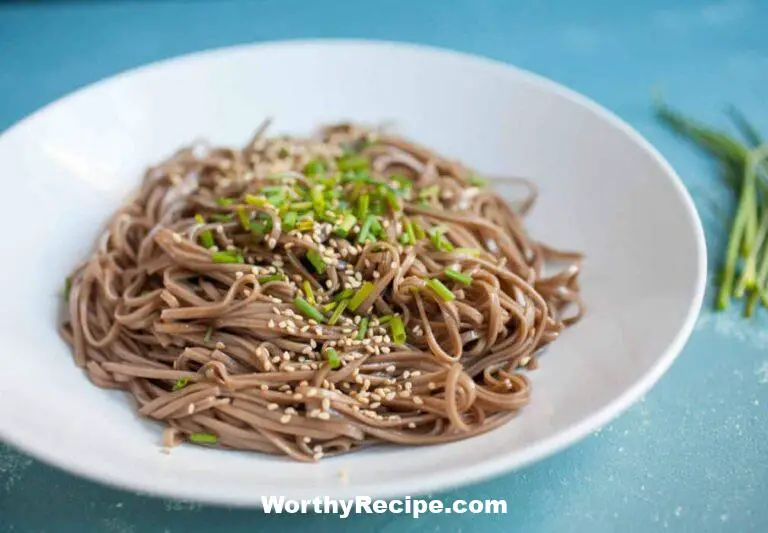This comprehensive guide will provide you with all the information you need to know about cooking frozen mussels without their shells. We’ll walk you through step-by-step instructions on how to prepare and cook frozen mussels, ensuring a delicious outcome every time.
Key Takeaways:
- Frozen mussels without shells offer convenience and have a longer shelf life.
- Thaw and clean the mussels before cooking to ensure safety and optimal taste.
- Cook frozen mussels using various techniques such as steaming, sautéing, or incorporating them into different recipes.
- Enhance the flavor with seasonings and sauces like garlic, lemon, and butter.
- Serve frozen mussels in various ways such as appetizers, pasta dishes, or seafood stews.
Why Choose Frozen Mussels Without Shell?
Frozen mussels without their shells offer several advantages. One of the main benefits is the convenience factor – they are already cleaned, which saves you time in the kitchen. With frozen mussels, you can skip the tedious task of shucking and cleaning the shells, allowing you to enjoy your meal more quickly. This makes them an excellent option for busy individuals or those who want a hassle-free cooking experience.
In addition to being convenient, frozen mussels have a longer shelf life compared to their fresh counterparts. This means you can stock up on them and keep them in your freezer for longer periods without worrying about spoilage. Having frozen mussels on hand allows you to whip up a delicious seafood dish whenever you’re in the mood, without having to make a trip to the store.
Furthermore, frozen mussels retain their flavor and nutritional value. They are flash-frozen soon after being harvested, preserving their freshness and taste. Whether you steam them, sauté them, or incorporate them into various recipes, frozen mussels will still provide you with the same delectable flavors and nutrients as fresh mussels.
| Benefits of Frozen Mussels Without Shell | |
|---|---|
| Convenience | Already cleaned and ready to cook |
| Extended Shelf Life | Can be stored in the freezer for longer periods |
| Retained Flavor and Nutrition | Flash-frozen to preserve freshness and taste |
Preparing Frozen Mussels Without Shell
Before you start cooking frozen mussels without their shells, it’s crucial to prepare them properly. Follow these step-by-step instructions to ensure that your mussels are cleaned and ready to be cooked:
- Thaw the mussels: Thaw the frozen mussels by placing them in the refrigerator overnight or using the defrost function on your microwave. This allows them to thaw gradually and ensures even cooking.
- Rinse the mussels: Once thawed, rinse the mussels under cold water to remove any ice crystals or debris. This step helps to ensure that your mussels are clean and free from any unwanted particles.
- Inspect for any damaged mussels: Check each mussel for any that are open or damaged. If a mussel refuses to close after being tapped, discard it. It is crucial to remove any mussels that are not tightly closed, as they may be unsafe to consume.
By properly thawing and cleaning your frozen mussels, you’ll ensure a clean and delicious final dish. Now that your mussels are prepared, it’s time to move on to cooking them. Refer to Section 4 for various cooking techniques and recipes to make the most of your frozen mussels without their shells.
Cooking Frozen Mussels Without Shell
If you’re wondering how to cook frozen mussels without their shells, you have come to the right place. There are various cooking techniques that you can use to prepare these delicious seafood delicacies. Whether you prefer steaming, sautéing, or incorporating them into flavorful recipes, we’ve got you covered.
One popular method for cooking frozen mussels is to steam them in a pot with a small amount of liquid. You can use white wine, broth, or even water as the cooking liquid. Simply bring the liquid to a simmer, add the frozen mussels, and cover the pot. Cook for about 5-7 minutes or until the mussels have opened. Discard any mussels that remain closed after cooking.
Another tasty option is to sauté the frozen mussels in a pan with garlic, butter, and herbs. Heat a little oil in a skillet, add minced garlic, and cook until fragrant. Then, add the frozen mussels and cook for about 5-6 minutes, stirring occasionally, until they are heated through. Finish off with a sprinkle of fresh herbs like parsley or basil for an added burst of flavor.
| Cooking Technique | Instructions |
|---|---|
| Steaming | – Bring a pot of liquid (white wine, broth, or water) to a simmer. – Add the frozen mussels to the pot and cover. – Cook for 5-7 minutes or until the mussels have opened, discarding any that remain closed. |
| Sautéing | – Heat oil in a skillet and add minced garlic. – Cook until garlic is fragrant. – Add the frozen mussels and cook for 5-6 minutes, stirring occasionally, until heated through. – Sprinkle with fresh herbs before serving. |
If you’re feeling adventurous, you can also incorporate frozen mussels without their shells into various recipes. They can be added to pasta dishes, such as linguine with garlic and white wine sauce, or used in traditional seafood recipes like paella or seafood stew. The possibilities are endless, so don’t be afraid to get creative in the kitchen!
Delicious Recipe: Linguine with Garlic and White Wine Sauce
- Cook linguine according to package instructions until al dente.
- In a large skillet, heat olive oil over medium heat.
- Add minced garlic and cook until fragrant, about 1 minute.
- Deglaze the skillet with white wine and cook for 2-3 minutes.
- Add the frozen mussels and cook until they open, about 5-7 minutes.
- Season with salt, pepper, and red pepper flakes to taste.
- Toss the cooked linguine with the sauce and mussels.
- Serve hot, garnished with fresh parsley.
Now that you know the cooking techniques and have a delicious recipe to try, it’s time to unleash your culinary creativity and enjoy the flavorful goodness of frozen mussels without their shells.
Flavorful Seasonings and Sauces for Frozen Mussels
Enhance the taste of your cooked frozen mussels by incorporating flavorful seasonings and sauces. Adding the right combination of seasonings can elevate the natural flavors of the mussels and make your dish even more delicious. Some classic options for seasoning frozen mussels include:
- Garlic: Mince or finely chop fresh garlic and sauté it in olive oil or butter before adding the mussels. The aromatic flavor of garlic pairs perfectly with the seafood.
- Lemon juice: Squeeze fresh lemon juice over the mussels just before serving to bring a tangy and refreshing element to the dish.
- Parsley: Sprinkle freshly chopped parsley over the mussels for a touch of freshness and vibrant color.
- Red pepper flakes: For those who enjoy a bit of heat, a pinch of red pepper flakes can add a nice kick to the mussels.
In addition to seasonings, sauces can also be a great way to enhance the flavor of your cooked frozen mussels. Here are some tasty sauce options to consider:
- White wine and garlic sauce: Combine white wine, minced garlic, and a pat of butter in a saucepan. Simmer until the sauce thickens slightly, then pour it over the cooked mussels.
- Tomato-based marinara sauce: Serve the mussels with a spoonful of marinara sauce for a classic Italian twist.
- Creamy lemon butter sauce: Melt butter in a saucepan, then stir in lemon juice, cream, and a pinch of salt. Drizzle this rich and tangy sauce over the mussels for a decadent treat.
Feel free to get creative with your seasonings and sauces, and don’t be afraid to experiment with different combinations to find your personal favorite. The key is to enhance the natural flavors of the mussels while complementing them with a touch of acidity, herbs, or heat. With the right seasonings and sauces, your cooked frozen mussels will become a flavorful and satisfying culinary experience.
Serving Suggestions for Frozen Mussels Without Shell
When it comes to serving frozen mussels without their shells, the possibilities are endless. Here are some creative serving ideas to elevate your dining experience:
Serving Ideas
- Appetizer: Serve the cooked mussels in a shallow dish with a flavorful broth and provide crusty bread for dipping. This classic presentation is perfect for sharing with family and friends.
- Pasta Delight: Incorporate the mussels into your favorite pasta dishes, such as linguine with white wine and garlic sauce or spaghetti alle vongole. The tender mussels add a touch of sophistication and seafood goodness.
- Seafood Medley: Create a seafood medley by adding the cooked mussels to recipes like seafood risotto, seafood paella, or seafood stir-fry. The combination of flavors and textures will make every bite a delight.
- Tasty Toppings: Use the mussels as toppings for homemade pizzas. Combine them with other seafood, such as shrimp or calamari, along with your favorite sauce and cheese for a gourmet pizza creation.
- Hearty Stews: Add the cooked mussels to seafood chowders, stews, or soups to enhance their flavor and create a hearty and satisfying meal. The mussels will infuse the dish with their briny taste, making it a standout.
Feel free to experiment with different dishes and presentations to find your favorite way to enjoy these delicious frozen mussels. Whether you’re hosting a dinner party or simply want to indulge in a delightful seafood meal, serving frozen mussels without their shells is sure to impress your taste buds.
| Serving Idea | Description |
|---|---|
| Appetizer | Serve the cooked mussels in a flavorful broth with crusty bread for dipping. |
| Pasta Delight | Incorporate the mussels into pasta dishes like linguine with white wine and garlic sauce. |
| Seafood Medley | Add the mussels to recipes like seafood risotto, paella, or stir-fry for a delicious combination. |
| Tasty Toppings | Use the mussels as toppings for homemade pizzas for a gourmet twist. |
| Hearty Stews | Add the mussels to seafood chowders, stews, or soups for a flavorful and satisfying meal. |
Storing and Handling Frozen Mussels Without Shell
Proper storage and handling of frozen mussels are crucial for maintaining their quality and safety. Here are some guidelines to follow:
Storing Frozen Mussels
When storing frozen mussels, it’s important to keep them frozen at or below 0°F (-18°C) until you’re ready to use them. This ensures that they remain safe to consume and preserves their flavor and texture. Make sure to follow the manufacturer’s guidelines for storage times to avoid any potential spoilage. Additionally, ensure that the package is tightly sealed to prevent freezer burn and maintain the mussels’ quality.
Handling Frozen Mussels
When handling frozen mussels, proper hygiene is essential to prevent any cross-contamination with other foods. Always wash your hands thoroughly with soap and water before and after handling the mussels. This helps eliminate any potential bacteria and keeps your cooking environment safe. Additionally, remember to use separate utensils and cutting boards for raw and cooked seafood to prevent the spread of harmful bacteria.
By following these storage and handling practices, you can ensure that your frozen mussels without shells remain delicious and safe to enjoy.
| Storage Guidelines | Handling Tips | Safe and Tasty Mussels |
|---|---|---|
| Keep frozen at or below 0°F (-18°C) | Wash hands before and after handling | Follow storage times provided by the manufacturer |
| Tightly seal packaging | Use separate utensils and cutting boards | Maintain proper hygiene to prevent cross-contamination |
| Avoid freezer burn | – | Enjoy delicious and safe mussels |
Frequently Asked Questions About Cooking Frozen Mussels Without Shell
It’s common to have questions about cooking frozen mussels without their shells. Here, we address some frequently asked questions to enhance your knowledge and ensure a successful cooking experience:
1. Can I cook frozen mussels without defrosting them?
Yes, you can cook frozen mussels without defrosting them. However, keep in mind that the cooking time may be slightly longer. To ensure even cooking, thawing the mussels beforehand is recommended.
2. How do I know if frozen mussels are safe to eat?
Before cooking, inspect the frozen mussels for any signs of spoilage, such as a foul odor or slimy texture. Discard any mussels that appear damaged or open. It’s also crucial to purchase frozen mussels from reputable sources and follow proper storage guidelines to maintain their quality and safety.
3. What are some flavorful herbs and spices to use with frozen mussels?
When seasoning frozen mussels, consider using herbs like parsley, thyme, or dill for added freshness. Spices such as garlic, paprika, or chili flakes can provide extra flavor and depth. Experiment with different combinations to suit your taste preferences.
4. How long do frozen mussels take to cook?
The cooking time for frozen mussels can vary depending on the method used. Steaming or sautéing frozen mussels typically takes around 5-10 minutes until they open and become tender. It’s essential to follow the specific instructions provided in your chosen recipe for accurate cooking times.
5. Can I refreeze leftover cooked frozen mussels?
It is not recommended to refreeze leftover cooked frozen mussels. Once they have been thawed and cooked, their quality and texture may be compromised. It’s best to consume the cooked mussels right away or store them in the refrigerator for up to 2 days.
By addressing these frequently asked questions, we hope to provide you with valuable cooking tips and knowledge when it comes to preparing frozen mussels without their shells.
FAQ
Can I cook frozen mussels without defrosting them?
Yes, you can cook frozen mussels without defrosting them. However, it may take longer for them to cook, and the texture may be slightly different.
How do I know if frozen mussels are safe to eat?
Before cooking, make sure to check that the mussels are tightly sealed in their packaging. If you notice any signs of freezer burn, discoloration, or a strong odor, it is best to discard them.
What are some flavorful herbs and spices to use with frozen mussels?
Popular herbs and spices to enhance the flavor of frozen mussels include garlic, parsley, basil, thyme, red pepper flakes, and lemon zest.
How long do frozen mussels take to cook?
The cooking time for frozen mussels will depend on the method you choose. Generally, it takes about 6-8 minutes to steam them until they open, or 3-5 minutes to sauté them in a pan.
Can I refreeze leftover cooked frozen mussels?
It is not recommended to refreeze leftover cooked frozen mussels. Once they have been thawed and cooked, their quality and texture may deteriorate upon refreezing.




